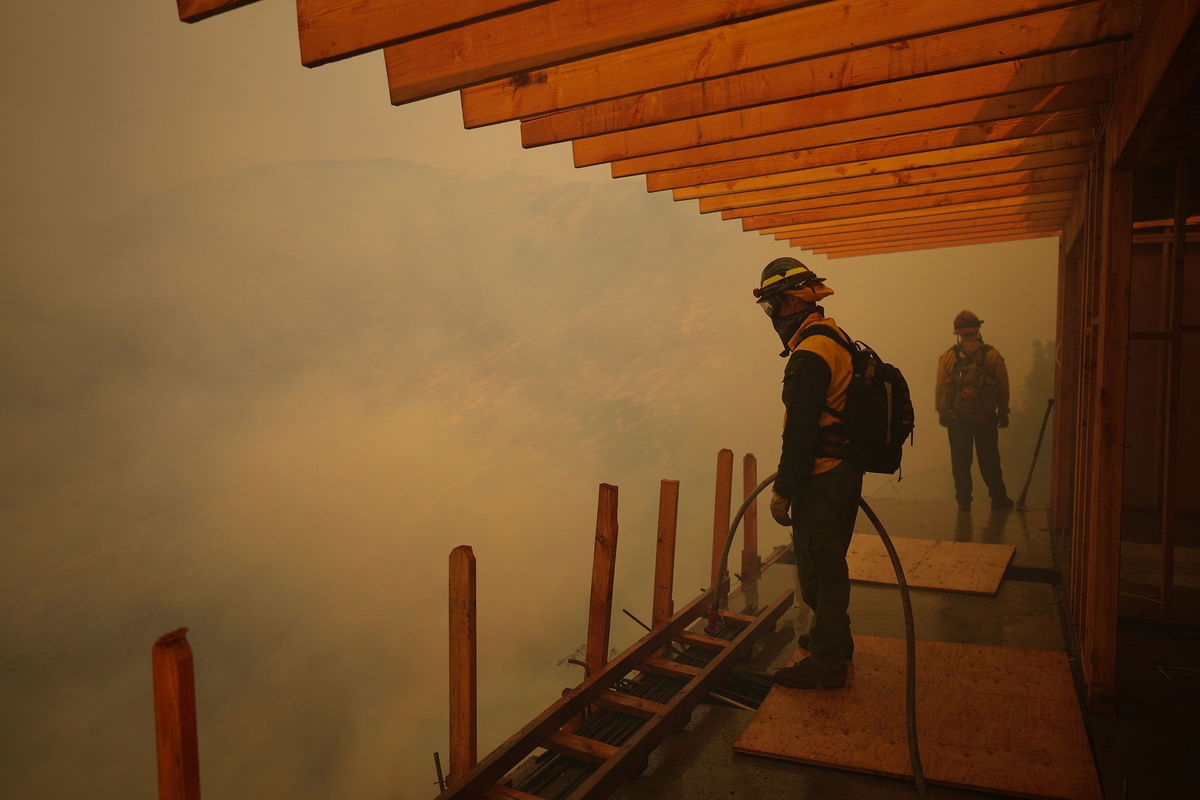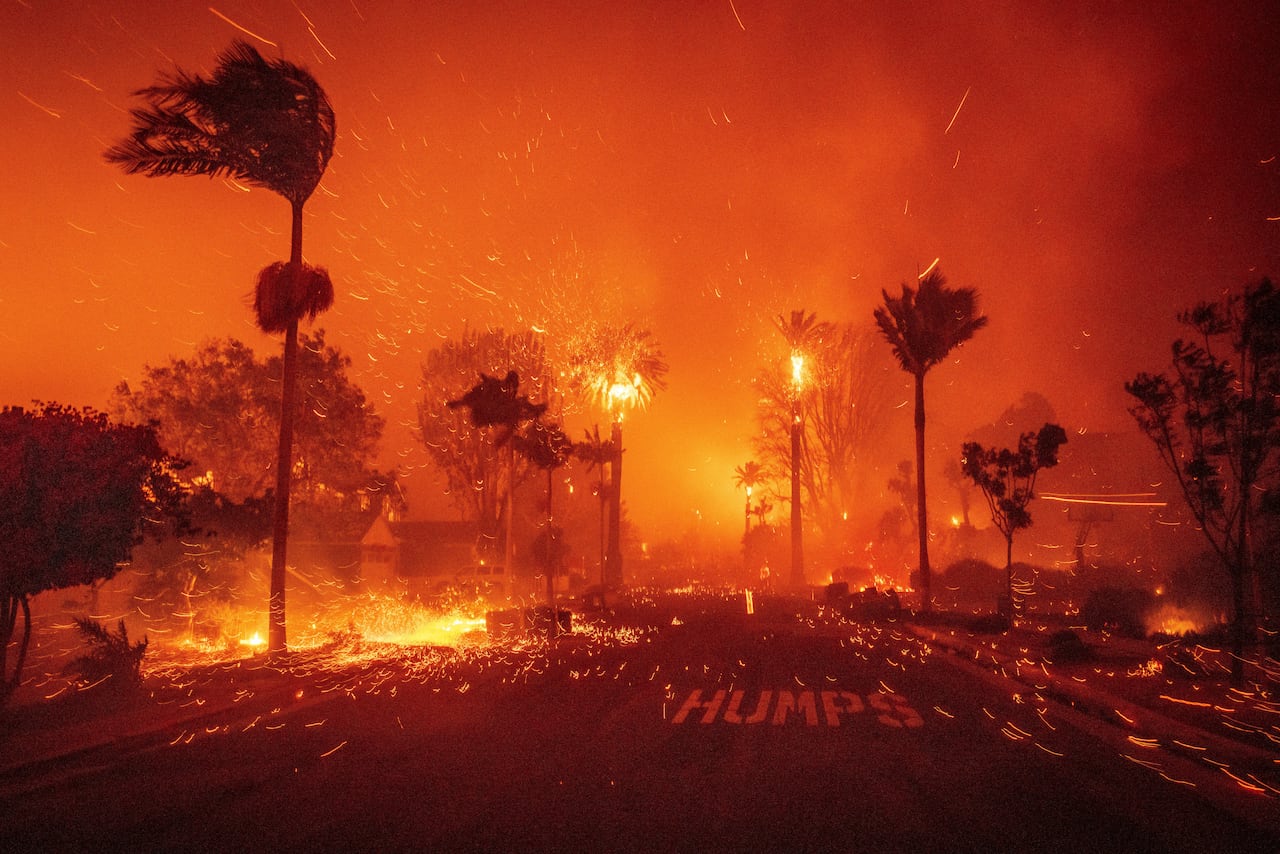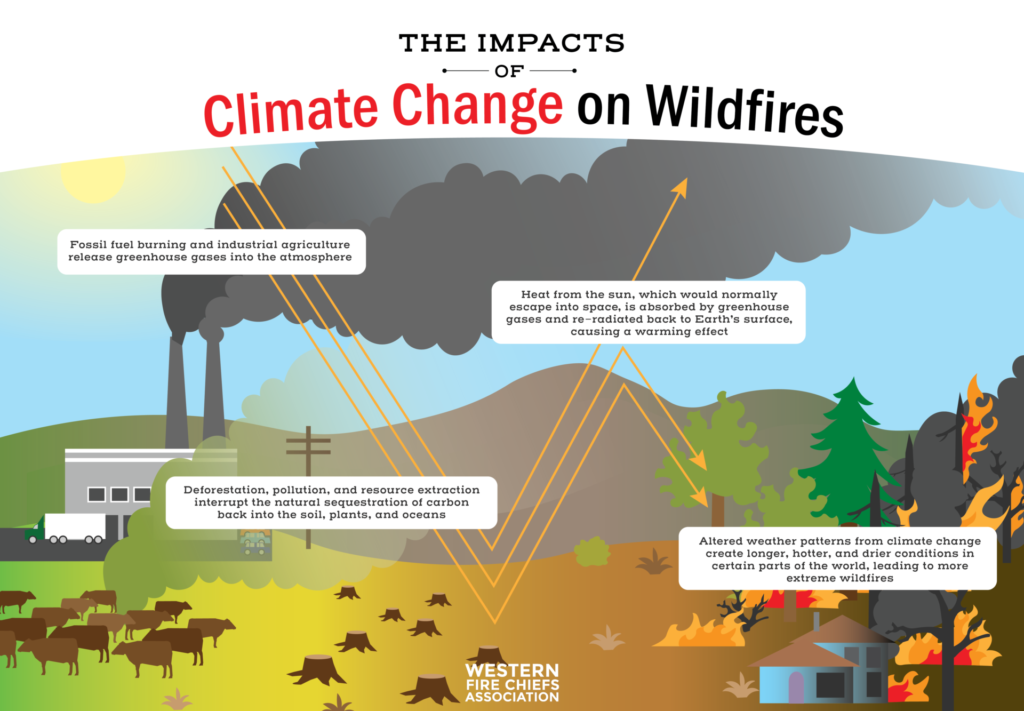Wildfires have been raging in Los Angeles for days. When will they end?
Wildfires in California, especially in Los Angeles, have been an ongoing issue for years. This year is no different, as flames have been tearing through large areas of the city and surrounding regions. The question on everyone’s mind is: when will these wildfires finally end? To understand this better, we need to dive into the causes of these wildfires, the efforts to control them, and the future outlook for wildfire management in California.
What Causes Wildfires in California?
Climate Change and Wildfires
The rise in global temperatures is contributing to longer fire seasons in California. As the weather gets hotter and drier, the risk of wildfires increases. This means that the longer the fire season lasts, the harder it is to contain the flames. High winds, dry vegetation, and extreme heat make firefighting efforts even more challenging. The increasing frequency of these fires highlights the undeniable link between climate change and the rise in wildfires across the state.
How Do Wildfires Spread?
Wind: Strong winds can carry embers over large distances, sparking new fires.
Vegetation: Dry vegetation acts as fuel, allowing fires to grow larger.
Topography: Fires move uphill faster than downhill due to the natural flow of heat.
In Southern California, these factors are often at their worst. The dry brush combined with strong winds makes it easy for wildfires to spread rapidly.
Fire Season in California
Wildfire Containment Efforts in California
Firebreaks: These are gaps in vegetation or other materials that can stop or slow the spread of fire.
Aerial Suppression: Planes and helicopters drop fire retardant or water on the flames to reduce their spread.
Ground Crews: Firefighters work on the ground to build fire lines and extinguish flames directly.
However, firefighting efforts can only do so much. The unpredictable nature of wildfires, along with the risk of new fires starting from embers carried by the wind, makes containment a constant challenge. The current Los Angeles fires show that it might take days or even weeks to fully contain the flames.
What’s Being Done to Prevent Wildfires?
Fire Safety Education: Educating the public on fire safety tips, such as clearing brush around homes and using fire-resistant materials.
Burn Bans: During high-risk periods, California enforces burn bans to reduce the chances of wildfires.
Forest Management: Clearing dead trees and brush helps prevent larger fires from taking hold.
Local governments also encourage residents to create defensible spaces around their homes, ensuring there are clear zones to stop the fire from spreading. These prevention measures play a key role in reducing wildfire risks across the state.
Wildfire Evacuation Plans in California
In the event of a wildfire, having a solid evacuation plan can save lives. California has implemented evacuation plans for people living in wildfire-prone areas. Authorities typically issue evacuation orders based on the spread of fires and the danger to residents. Evacuations are critical to ensuring that people get to safety before the fire reaches their area.
Some important evacuation tips include:
Know Your Evacuation Routes: Familiarize yourself with multiple exit routes in case roads are blocked.
Emergency Kit: Always have an emergency kit with essentials such as food, water, and medication.
Stay Informed: Keep up with local news and emergency alerts to stay updated on evacuation orders.
The Impact of Wildfires on California
Wildfires have a significant impact on California’s environment, economy, and health. Here are some of the most severe consequences:
Environmental Damage: Wildfires can destroy vast amounts of wildlife habitat and leave the soil vulnerable to erosion.
Air Quality: The smoke produced by wildfires affects air quality, leading to pollution and health risks for residents.
Economic Losses: Homes, businesses, and infrastructure are destroyed, resulting in huge financial losses.
The long-term effects of wildfires on the landscape can take years, or even decades, to recover from.
What’s the Future of Wildfires in California?
As climate change continues to intensify, the future of wildfires in California looks bleak. The fire season may extend further into the year, and fire intensity may continue to rise. The state must continue to invest in firefighting resources, fire prevention measures, and emergency response strategies to combat the growing threat.
Firefighting Resources in California
California has made significant investments in firefighting resources, such as:
Firefighters and Equipment: Thousands of firefighters are on standby to respond to fires, with access to helicopters, fire trucks, and fire engines.
Technology: Drones and satellite technology are now being used to monitor fires from above, providing real-time data to help control wildfires.
Despite these efforts, however, the future of wildfire containment will depend heavily on how the state manages its resources and addresses the effects of climate change.
Conclusion
Wildfires have been raging in Los Angeles for days, and the question of when they will end remains uncertain. The increasing intensity of California wildfires, combined with longer fire seasons, makes it difficult to predict an end. However, thanks to the dedication of firefighters, emergency responders, and community prevention measures, efforts are being made to control and reduce the spread of these devastating fires.
FAQs
1. How can I protect my home from wildfires in California?
Create defensible spaces, clear dry vegetation, and use fire-resistant materials for your home.
2. What should I do if I need to evacuate during a wildfire?
Follow evacuation orders, use designated routes, and have an emergency kit ready.
3. How does climate change affect wildfires in California?
Rising temperatures and prolonged droughts contribute to longer, more intense fire seasons.
4. What resources are available to fight wildfires in California?
Firefighters, fire equipment, aerial suppression, and technology such as drones help fight wildfires.
Air quality can be severely affected by wildfire smoke, leading to health risks. It’s important to stay indoors and avoid smoke exposure.





Comments
Post a Comment